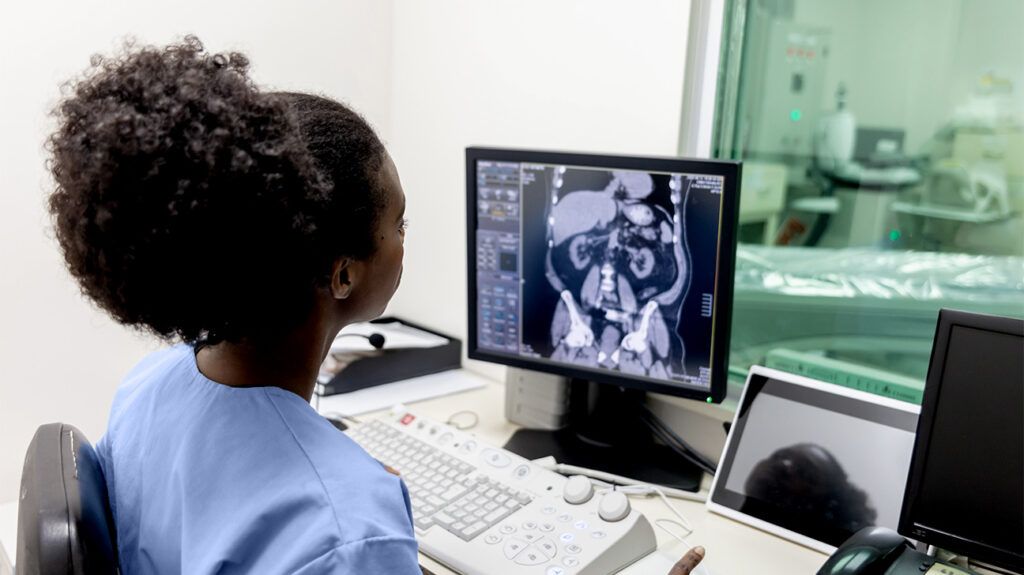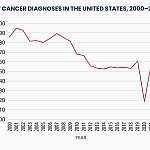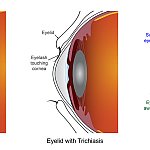
According to the
Traditionally viewed as a disease of affluence, heart disease is now common in low and middle-income countries, being responsible for one-third of all deaths globally.
Lifestyle, and some health conditions, can increase or decrease a person’s risk of developing heart disease. Factors that increase heart disease risk include:
To reduce heart disease risk, the
A new study, from Brigham and Women’s Hospital and Faculty at Harvard Medical School, Boston, has found that it may not just be having excess body fat that increases heart disease risk, but where fat is stored, even in those of a healthy weight.
The study, which appears in the European Heart Journal, found that intramuscular fat — fatty pockets within muscle tissue — increased a person’s risk of serious heart disease, regardless of their
Cheng-Han Chen, MD, a board-certified interventional cardiologist, and medical director of the Structural Heart Program at MemorialCare Saddleback Medical Center in Laguna Hills, CA, not involved in the study, told Medical News Today:
“This observational study found an association between specifically the ‘intramuscular’ fat and increased risk of developing heart disease. This is the first large-scale study to compare different types of fat distribution in the body (intramuscular vs. subcutaneous) and provides insight into how we might better assess someone’s health status by their fat distribution.”
“Characterizing someone’s fat distribution might provide more nuanced prognostic information than our current flawed ‘body mass index’ measurements,” he added.
Researchers recruited 669 participants, with an average age of 63 years, who were being evaluated for chest pain and/or shortness of breath caused by cardiac ischemia but had no evidence of
They tested the participants’ heart function using cardiac positron emission tomography or computed tomography (PET/CT) scans. The researchers also measured the fat and muscle amounts and location in a section of the torso of each participant.
From these measurements, they calculated the “fatty muscle fraction” — the ratio of intramuscular fat to total muscle plus fat — to quantify how much fat was stored within each person’s muscles.
Chen told MNT that it is hard for people to know how much intramuscular fat they have because “there is currently no widely agreed-upon test method for quantifying ‘intramuscular’ fat.“
“This study used CT scan measurements at a certain level of the abdomen to quantify the amount of fat in relation to the muscle detected. In the future, intramuscular fat might be measured through other techniques,” he explained.
Following the initial scans, participants were followed up for around 6 years, during which time researchers recorded whether they died from, or were admitted to hospital for, heart disease or heart failure.
People with more fat in their muscles were more likely to have abnormal blood flow within the smallest blood vessels that supply the heart, a condition known as coronary microvascular dysfunction (CMD). They were also at increased risk of death or hospitalization due to heart disease.
Only a small increase in fatty muscle fraction was needed to increase risk of heart disease — for every 1% increase in fatty muscle fraction, CMD risk increased by 2%, and risk of future serious heart disease by 7%.
These increases in risk were not affected by other known risk factors for heart disease, BMI, or subcutaneous fat.
Those with the highest levels of intramuscular fat, together with CMD, were at the highest risk of death, heart attack and heart failure. Those with more lean muscle had a reduced risk.
Lead author of the study, Viviany Taqueti, MD, MPH, Director of the Cardiac Stress Laboratory at Brigham and Women’s Hospital and Faculty at Harvard Medical School, said in a press release that “knowing that intermuscular fat raises the risk of heart disease gives us another way to identify people who are at high risk, regardless of their body mass index.“
“These findings could be particularly important for understanding the heart health effects of fat and muscle-modifying incretin-based therapies, including the new class of glucagon-like peptide-1 receptor agonists,” she pointed out.
According to Chen:
“It is not yet clear why intramuscular fat might increase someone’s risk of developing heart disease. It is possible that the intramuscular fat increases inflammation in the surrounding tissues, which then affects the function of the blood vessels in the area. More study is needed to better understand this relationship.”
The authors of the current study note that muscle fat has been associated with
They suggest this may be because higher muscle fat may lead to inflammation and altered glucose metabolism, which may ultimately increase the risk of heart disease.
In the press release, Taqueti noted that “what we don’t know yet is how we can lower the risk for people with fatty muscles.“
“For example, we don’t know how treatments such as new weight-loss therapies affect fat in the muscles relative to fat elsewhere in the body, lean tissue, and ultimately the heart,” she said.
Studies suggest that a high-fat diet will increase muscle fat. However, Chen explained to MNT that scientists do not yet know if or how intramuscular fat can be specifically reduced.
He advised that reducing total body fat will benefit health.
“In order to reduce total body fat, we advise patients to exercise regularly (both cardio and weight training) and eat a healthy diet higher in fiber and protein and lower in saturated fat and carbohydrates,” he told us.
Taqueti and her team are now following up this research by assessing the impact of treatment strategies including exercise, nutrition, weight-loss drugs or surgery, on body composition and metabolic heart disease.





